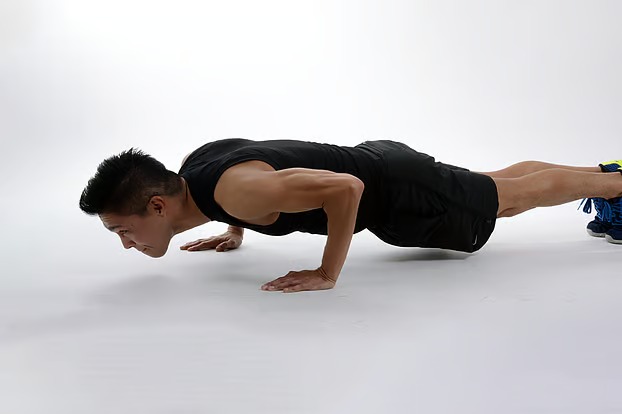Many folks are used to walking or running consistently all year round. Those who manage disorders like diabetes, heart disease, or obesity and who typically want not to deviate from their exercise schedule will especially find this true. But when doing out during the holy month of Ramadan, it’s imperative to use particular care and techniques. When Should One Exercise During Ramadan? Exercise during Ramadan should ideally start after sundown.
 Dehydration could result from daily exercise. Still, simple workouts like low-intensity aerobics or stretching can be completed first thing in the morning. Since the body is already in a condition of dehydration, it is advisable to avoid rigorous exercises during this period. One to two hours following Iftar, allow the body to recover some energy, so this is a good time for more demanding activities such as strength training, cardio, or high-intensity exercises. Yoga or mild workouts before Suhoor—during the pre-dawn or Tahajjud period—can also be helpful. Kinds of Activities Fit for Ramadan Walking (between thirty and 45 minutes). stretch or yoga. Low-intensity cycling. Push-ups, squats, lunges, planks—bodyweight workouts. Resistance band workouts and weightlifting, or strength training, Crucial Advice for Ramadan Exercise Drink plenty of water between Iftar and Suhoor to keep from dehydrating.
Dehydration could result from daily exercise. Still, simple workouts like low-intensity aerobics or stretching can be completed first thing in the morning. Since the body is already in a condition of dehydration, it is advisable to avoid rigorous exercises during this period. One to two hours following Iftar, allow the body to recover some energy, so this is a good time for more demanding activities such as strength training, cardio, or high-intensity exercises. Yoga or mild workouts before Suhoor—during the pre-dawn or Tahajjud period—can also be helpful. Kinds of Activities Fit for Ramadan Walking (between thirty and 45 minutes). stretch or yoga. Low-intensity cycling. Push-ups, squats, lunges, planks—bodyweight workouts. Resistance band workouts and weightlifting, or strength training, Crucial Advice for Ramadan Exercise Drink plenty of water between Iftar and Suhoor to keep from dehydrating.
 Make sure you consume protein, carbs, and good fats in harmony. Steer clear of excessive effort; keep to mild to moderate workouts. If you feel weak or tired, either cut back on or skip workouts. Give enough sleep top importance in avoiding tiredness. During Ramadan, light to moderate activity maintains the body in shape and vitality. Exercise is ideal following Iftar when the body has restored its levels of water and vitality.
Make sure you consume protein, carbs, and good fats in harmony. Steer clear of excessive effort; keep to mild to moderate workouts. If you feel weak or tired, either cut back on or skip workouts. Give enough sleep top importance in avoiding tiredness. During Ramadan, light to moderate activity maintains the body in shape and vitality. Exercise is ideal following Iftar when the body has restored its levels of water and vitality.

























